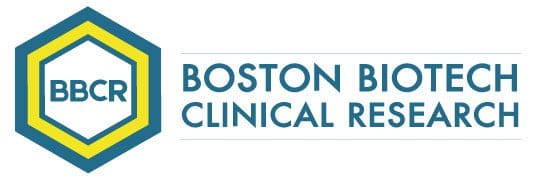Pre-IND Integrated Development Plan
Preparing for a pre-IND meeting
Hiring an expert consultant to be involved throughout the pre-IND preparation process can pay great dividends.
The pre-IND meeting is a unique opportunity to meet with the FDA to discuss questions about your program. The pre-IND meeting is free of cost and may avoid clinical holds and costly missteps. A pre-IND meeting is a critical milestone in early clinical development. Sponsors must, therefore, maximize the value of this meeting by preparing and making sure to obtain the FDA feedback on clinical and non-clinical elements of the program development.
BBCR works with clients to achieve a successful pre-IND meeting by:
- Reviewing scientific data
- Setting a regulatory strategy
- Developing an early clinical plan and study design
- Preparing a briefing book with program objectives
- Developing realistic questions and justifications
- Providing constructive critique

A strategic approach creates opportunity for time efficiencies
The Strategic Clinical Innovation Organization SM (SCIO) method provides a strategy and roadmap for cost-efficiency and risk management in clinical trials from pre-clinical to market approval.
The SCIO SM method involves the creation of a product specific clinical/regulatory strategy as part of the pre-IND/IND or IDE and before clinical tactics activities start.
Precision medicine demands a new paradigm for tackling new challenges and the unmet needs of healthcare.
As well as a new paradigm SCIO SM addresses the following:
- The ever-changing regulatory environment
- The need for cost-effective clinical research
- The focus is on patient-centric trial design, cost-accessible biosimilars, rare disease drugs, high-tech medical devices, and combination products
The SCIO SM is the value proposition solution for cost-effectiveness and risk management in clinical development.
Adopt the SCIO SM method for:
- Design-centric trials
- Quality by design
- Risk management
- Patient-centricity
- Simplified trials
- Streamlined development plan
THE SCIO SM METHOD

Case Study
Challenge: The FDA Office of Orphan Products Development (OOPD) had previously rejected this orphan petition twice due to the targeted sub-population’s lack of incidence and prevalence data. The OOPD had requested evidence limiting the use of the treatment outside the sub-population included in the orphan petition.
Solution: BBCR asked for a call to clarify OOPD concerns. The petition was approved without additional questions after BBCR submitted the petition for the first time showing the precise cut of the patient subpopulation target for the treatment in development.
